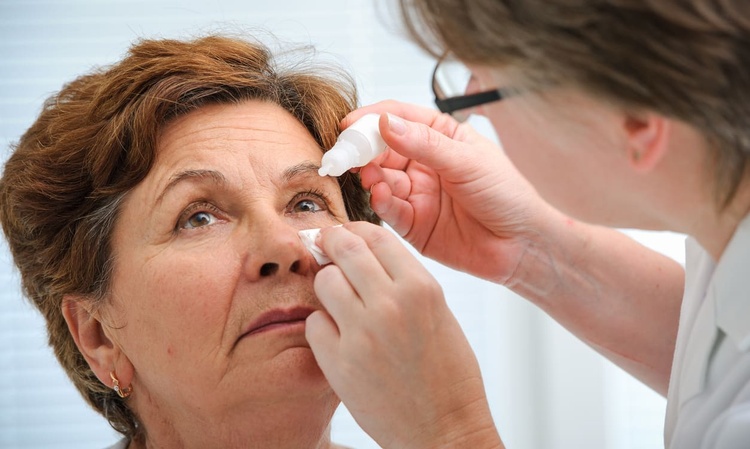Swollen Ankles: Causes, Risks and Care for Seniors
Swollen ankles are a common concern for older adults and can signal a range of issues from temporary fluid shifts to chronic medical conditions. For a senior, noticing swollen ankles or puffiness around the feet can be worrying because the cause may be simple — such as prolonged sitting — or related to heart, kidney, or venous problems that need medical evaluation. Understanding patterns, basic self-care, and when to seek attention helps families and caregivers support elderly loved ones while preserving mobility and comfort.

This article is for informational purposes only and should not be considered medical advice. Please consult a qualified healthcare professional for personalized guidance and treatment.
Senior: why ankles may swell
In a senior, ankle swelling often reflects fluid accumulation in the lower legs. Gravity makes the ankles and feet the most common places for excess fluid to collect, especially after long periods of sitting or standing. Age-related changes in circulation, weaker calf muscle pump function, and common medications (for example, calcium channel blockers or certain diabetes drugs) can contribute. Chronic venous insufficiency, where leg veins do not return blood efficiently, is another frequent cause. Evaluating a senior’s medical history, medication list, and activity level helps narrow down likely reasons for swelling.
Swollen ankles: signs and patterns
Looking at the characteristics of swollen ankles gives clues about cause. Bilateral swelling that worsens throughout the day and improves with elevation often suggests systemic causes such as heart, kidney, or medication-related fluid retention. Unilateral (one-sided) swelling raises concern for localized problems like deep vein thrombosis (DVT), infection, or injury. Pitting edema — where pressing the skin leaves a temporary indentation — is common with fluid overload, while firm or non-pitting swelling may suggest lymphedema. Noting onset, symmetry, color changes, pain, and timing helps clinicians choose appropriate tests.
Feet: mobility and daily care
Caring for swollen feet supports mobility and comfort in older adults. Simple measures include elevating the feet above heart level for 20–30 minutes several times daily, gentle ankle pumps and walking to improve circulation, and wearing supportive, well-fitting shoes to avoid additional pressure or skin breakdown. Compression stockings can reduce swelling but should be chosen with medical advice, especially if arterial disease is present. Skin care is important: keep the feet clean and moisturized, check for wounds, and trim nails carefully. Regularly scheduled activity and avoiding long immobility periods are beneficial.
Elderly: when swelling signals urgency
For the elderly, certain red flags mean prompt medical assessment is needed. Rapid onset of swelling in one leg, increasing pain, warmth, or redness can indicate DVT and require urgent evaluation. New or worsening shortness of breath, chest pain, fainting, or sudden confusion combined with swelling may suggest heart failure or pulmonary embolism and should be assessed immediately. Fever, signs of infection around a wound, or blood in the urine or stool accompanying swelling are also concerning. When in doubt, contact local services or seek emergency care based on severity.
Health: prevention and treatment options
Managing underlying health conditions is central to reducing recurrent swelling. Strategies include optimizing heart and kidney health, reviewing and adjusting medications with a clinician, reducing excessive dietary sodium, maintaining a healthy weight when possible, and staying active to promote venous return. Medical treatments vary depending on cause: diuretics can help with fluid overload, specialized compression or lymphedema therapy helps chronic venous and lymphatic issues, and anticoagulation treats DVT. Diagnostics commonly used are blood tests (renal and liver function), echocardiography for heart function, and venous ultrasound to evaluate clot and venous insufficiency. Care plans should be individualized for each elderly person’s overall health and mobility.
Conclusion
Swollen ankles in seniors and the elderly can range from benign positional swelling to signs of serious medical conditions. Observing patterns, using conservative self-care, and involving healthcare professionals when red flags appear helps protect mobility and overall health. A careful review of medications, medical history, and targeted testing guides appropriate treatment and prevention strategies.




